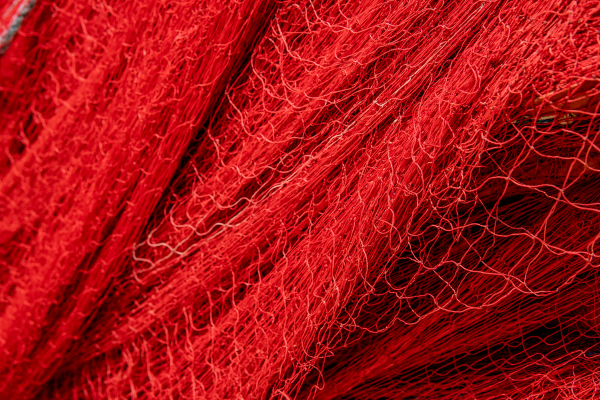The answer for keeping pests away isn’t black or white. It’s not even blue or green; it’s red.
While bug netting of the past was typically black or white, sometimes blue or green, red netting was never used.
But after diving in a little deeper after a 2015 study showed that crops irradiated with red light kept onion thrips (some pesky insects) off plants, the University of Tokyo decided to look into the potential of using red netting.
Knowledge is Power: Professor Masami Shimoda and colleagues experimented with red net color combinations in red-white, red-black, and red-red in 2-, 1-, and 0.8-mm mesh-gap sizes.
The nets were hung over Kujo leeks (Welsh onion) to protect them from onion thrips. These thrips eat plants and spread dangerous viruses to them.
Red is best: After running tests on a few plots, the plot completely netted (ceiling and sides) reduced the number of insecticide applications required by 25-50%compared to the completely uncovered plot.
Soundbite: “These new red nets are more expensive than pesticides, but they are economical because they can be used for years. They are also very effective in controlling pests without all the work involved in spraying pesticides.” – Professor Shimoda
Shimoda hopes that nets that don’t appear red (at least to the human eye) will have the same effect on pests in the future. This would lower manufacturing costs and make the nets more durable.
Fun fact: While researchers tested nets with various hole sizes, they found that the size did not matter, only color. Which is good news, as larger holes allow plants to breathe better, provide more access to sunlight, and lower the risk of fungus spreading.
Bonus: it’s easier for farmers to work inside with better airflow.
Rootworm Resistance Wilting?
Pest-resistant corn varieties may have reached their expiration date. The rundown: Bt...
Trump Tariffs Trigger “Tit for Tat” Response
Trump tariffs have hit Canada, China, and Mexico with a wave of reciprocal tariffs set to hit all...
Rollins with the Changes: New U.S. Secretary of Ag at Commodity Classic
Rollins was rollin’ with her homies (farmers) at Commodity Classic in Denver this week. Relief is...




